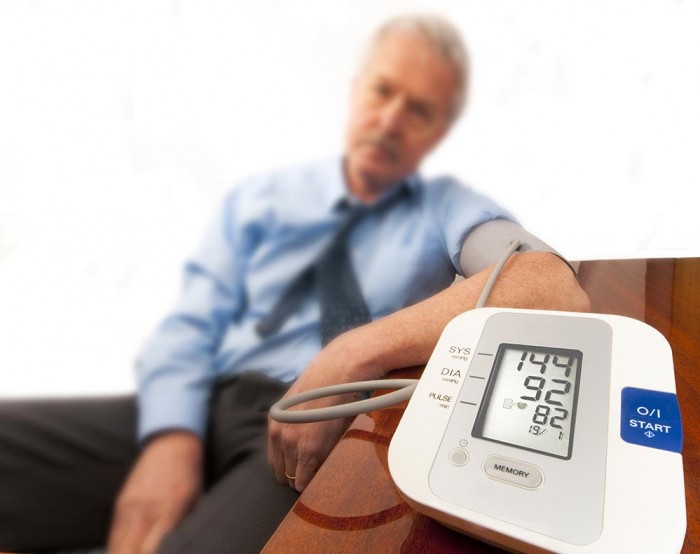
Strategies to Prevent Hypertension
Joel Peterson – Level 5 Personal Trainer Apple Athletic Club
Being an Athletic Trainer, I need to stay aware of certain “red flags” for the safety of my clients. One of those red flags is hypertension, or high blood pressure. If a client’s BP is over 140 systolic (upper number) and 90 diastolic (lower number) I refer them to their doctor and adjust their training accordingly. Let’s take a look at Hypertension and strategies to prevent it.
Hypertension Facts
About one in three American adults have hypertension (high blood pressure), and according to the Centers for Disease Control and Prevention hypertension is “the second greatest public health threat” in the US.
About half of all with hypertension have uncontrolled high blood pressure, which increases your risk for a number of more serious health problems, including heart attack, stroke, congestive heart failure, and end-stage kidney disease. Often, it has no warning symptoms. According to the American Heart Association’s Heart Disease and Stroke Statistical Update based on 2007-2010, 78 million American adults have hypertension and almost 1 in 5 of them are unaware they have it.

What Is Blood Pressure?
Blood pressure is summarized by two measurements, systolic and diastolic, which depend on whether the heart muscle is contracting (systole) or relaxed between beats (diastole). This equals the maximum and minimum pressure, respectively. The American Medical Association (JAMA) in December 2013, posted the following blood pressure classifications:
| Blood Pressure Classification | Systolic Pressure (mmHg) | Diastolic Pressure (mmHg) |
| Normal | <120 | <80 |
| Pre-hypertension | 120-139 | 80-89 |
| Stage 1 Hypertension | 140-159 | 90-99 |
| Stage 2 Hypertension | ≥160 | ≥100 |
As your heart pumps blood to the different parts of your body, the blood pushes against the walls of your blood vessels and arteries. The force that it exerts is what doctors call blood pressure.
The more blood your heart pumps and the narrower your arteries, the greater your blood pressure will be. When it becomes higher than the level recommended for good health, it is called high blood pressure or hypertension.
What Causes High Blood Pressure?
High blood pressure often has no direct cause. But certain risk factors may increase your risk of developing it. Some, such as age, gender, race, and family history, cannot be controlled. Fortunately, you can help control many of the others.
Risk Factors You CAN Control
- Overweight—Losing even 5 pounds can help you lower your blood pressure.
- Lack of physical activity—Regular physical activity can help you lower your blood pressure and keep your weight under control.
- Tobacco use—Smoking or chewing tobacco can raise blood pressure. If you smoke, quit.
- A high salt (sodium) diet—A diet low in sodium of less than 2,400 milligrams (mg) per day has been shown to help lower blood pressure.
- Alcohol use—Too much may raise your blood pressure.
- Stress—Stress can raise blood pressure temporarily and may lead to overeating, and tobacco or alcohol use. There are techniques to help reduce it.
- Certain conditions—High cholesterol, diabetes, kidney disease, and sleep apnea may increase your risk of high blood pressure. Talk to Dr. Ward if you have these.
- Some medications—Decongestants, birth control pills, and certain pain relievers and prescription drugs can raise blood pressure. Again, talk to Dr. Ward before taking them.
You should check your BP regularly and keep a record. But don’t be alarmed if the numbers vary from time to time. This can happen due to several factors such as recent diet or exercise. But don’t fool around with hypertension. See Dr. Ward regularly and bring him your records. Meanwhile eating healthy and exercise which are two of the best anti-hypertension remedies in anyone’s book.
